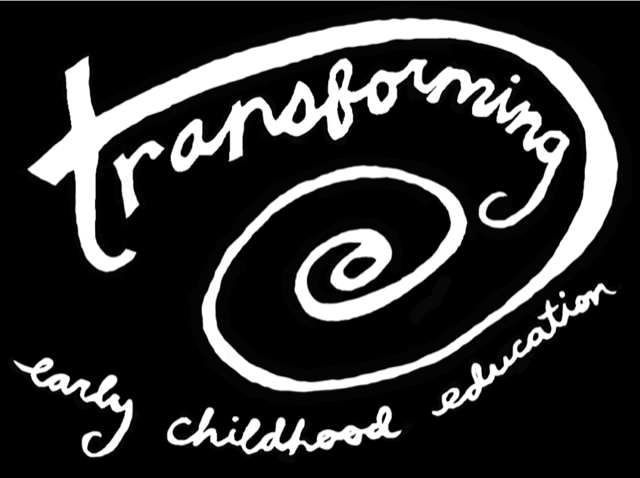Grief
Grief
I often have early childhood professionals who need resources reach out to me. I am a teacher-researcher, and I have a vast collection of resources.
In the past two weeks, teachers sought resources that often make others uncomfortable. One teacher was looking for resources on grief to help a young child whose family was struggling with grief. Another teacher was looking for resources on cancer as a child in their program was diagnosed. The other children had difficulty understanding why the child wouldn't be at school for a while.
Some people might say it's not our place to discuss grief and illness in our classrooms. To those people, it is absolutely something that is difficult to discuss and even wrap our heads around as adults, but it isn't something we should avoid discussing in our classrooms. Children (like adults) don't leave their pain at the classroom door. It enters the classroom with them each day. If we don't address these topics, the children are left to deal with emotions that may make them uncomfortable.
One of my favorite quotes by Loris Malaguzzi is that learning is not a linear path; instead, it is like a tangle of spaghetti. Grief could be described in the same manner. There is no linear path for grief. It looks different for each person. In young children, grief could manifest as behaviors that are undesirable to the people around them. This is why they need our support.
Many years ago, in my preschool classroom, we had a class pet that we adopted from another teacher who could no longer care for him. This little guinea pig became our class mascot. Let's just say he wasn't one of the cute, chunky guinea pigs. He was a senior guinea pig; he had lost sight in one eye, was skinny, and had wild hair that stood up all over his body. But we absolutely adored him!
The children brought him veggie treats from home, read him stories daily, and said goodnight to him each evening before heading home. He was so talkative, and no one could resist stopping by to chat with him. After about six months of our love and care, our little buddy died.
His death happened in the middle of the school day, right before a classroom celebration. I placed him in a shoebox under my desk, moved his home to the closet, and hoped no one would ask me what happened. As with all celebrations in an early childhood classroom, there was complete chaos and laughter, and it was over. No one noticed he wasn't there for our celebration.
Our school was in an office park, so I couldn't bury him in a place the children could visit, so naturally, I took him to my parent's house to bury him with all our childhood pets. I was a young teacher and had no idea how I would share this with the children. I naively thought they wouldn't even notice; if they did, they wouldn't ask any questions. Boy, was I wrong!
The next day, when the children began arriving with their little bags of veggie treats, they asked where our favorite wild hair guinea was. It was so difficult to look into the eyes of the curious children and the worried faces of their parents. Ugg, I knew I was going to need to have a very uncomfortable conversation.
As we sat down to circle time, my heart raced, and I considered just leaving the discussion up to the children's parents. I could email them, let them know what happened, and leave it at that. As those little eyes looked at me and one of the children asked where our guinea pig was, I knew it was my responsibility as their trusted adult to tell the truth.
I shared that our guinea pig had died before our celebration. I told them I didn't know what to say to them, so I needed to think about it. The children were three and four years old. Many had never had anyone in their life die. They asked hard questions, and I did my best to answer them. I sent an email to the parents and let them know what had happened so they would be prepared to continue the conversation at home in a way that honored their family's beliefs on death.
For days after our conversation, the children drew pictures and wrote love notes for our beloved guinea pig. We created a mobile that hung from the ceiling above the shelf that had once held the home of our precious pig. The children would request that their parents stop by this spot at drop off and pick up time so they could look at all the pictures and remember their furry friend.
Eventually, the conversations around the death of our guinea pig turned into a play that used the words death and dying. This is how children figure out the difficult things in life. They create play scenarios that help them feel safe with their curiosity and unsure thoughts.
This heartbreaking and stress-inducing situation taught me how to be a more authentic and honest teacher. It helped me understand that I couldn't avoid difficult conversations with young children. Young children need adults who will have truthful conversations with them.
Death and Grief Resources
Helping Toddlers Cope with Grief and Death
Helping Kids Cope With Grief: 6+ Tips to Support Children
How to Help Children Cope With Death and Grief
Helping Young Children Grieve and Understand Death



